The National Museum of Scotland in Edinburgh has been undergoing a ‘Masterplan’ of refurbishment for over a decade, and it is now entering its fourth phase. This will involve the creation of new galleries for the museum’s East Asian and Ancient Egyptian collections, to open in 2019.
As a museum enthusiast myself, and about to embark on an adventure to Japan, I got in touch with the museum to ask if I could have a look at their archaeology collection. I was put in touch with the East Asia curator, Dr Rosina Buckland, who was very willing to show me some of the ceramic material.
The National Museum has a Japanese archaeology collection primarily thanks to the efforts, contacts and commitment of Neil Gordon Munro (1863 – 1942), who is known as being one of the first Westerners to befriend the Ainu people of northern Japan. He went from training as a doctor at Edinburgh University to eventually living much of his life in Japan and using his physician’s training to give free medical care to the Ainu people. After the mainland Japanese had colonised the northern island of Hokkaido, the homeland of the Ainu, these people became very socially disadvantaged and marginalised within Japanese society. So his treatment of them allowed an increased level of dignity during a difficult period of identity negotiation for them. Since about ten years ago the Ainu have had official recognition as a minority people, and they work actively to preserve elements of their traditional culture.
Munro was given a large number of objects by members this community – some of which are on display in the museum’s Living Lands gallery – as well as gathering c.1,6000 archaeological objects from his personal interests in archaeology.
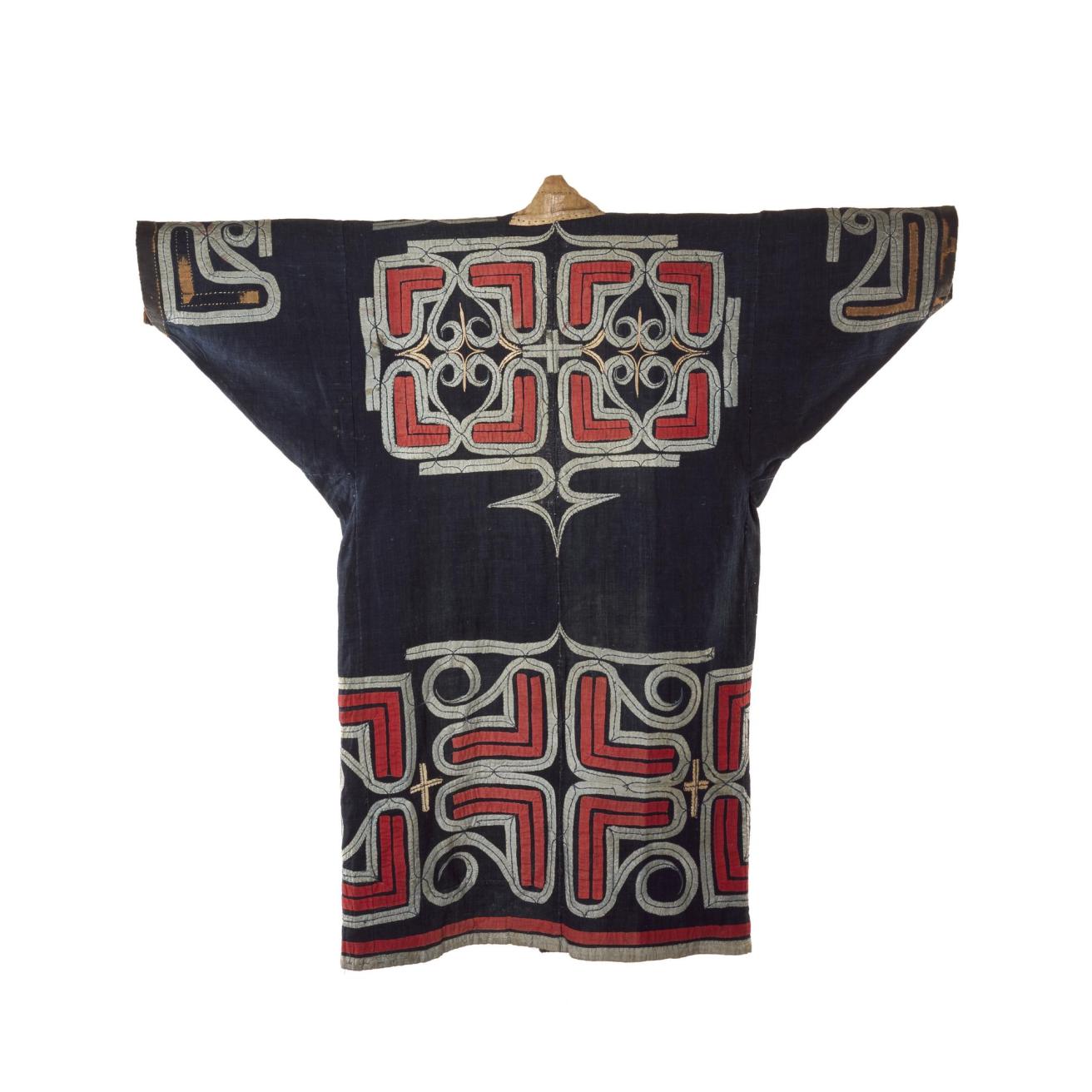
He conducted his own excavations at three key shell mound sites around Yokohama, west of Tokyo, where much of the material I looked at came from. Through this material, he created connections with Japan which have lasted into our time. Rosina told me stories about excited Japanese museum curators recently visiting these collections, and gathering together the very items of pottery they had seen in Munro’s published writings. She described Ainu people coming all the way to Scotland to learn something of their own personal cultural history – analysing the craftworks which Munro had collected from their kinsmen years before. They then recreated these older craft styles, to share the skills within their modern community. The objects had also travelled, touring around various Japanese museums.
I also met Dr Louise Boyd, the new assistant curator for these collections, who walked with me around some of the galleries – Inspired by Nature, Artistic Legacies, Living Lands – where a few of the East Asian items are displayed in amongst other collections. She told of her own experiences living and studying in Japan. She explained that things work quite differently there – connections and personal acquaintances being very important. As a representative of a company, known to someone within another organisation and introduced through those connections, exploring Japanese cultural heritage is relatively easy. Acting on my own, as I was doing that day just out of interest, would be deviating slightly from the Japanese norm.
When asked about the future stories to be told from the archaeological material when the new galleries are established, Rosina explained their intentions to ‘highlight the shared foundations of East Asian civilisation.’ She showed me many items whose form and production technology – such as kilns in which the ceramic would have been fired – crossed to Japan from the Korean peninsula. A mug-shaped object, large enough for a decent cup of tea, represents one example of shared vessel form I was shown.
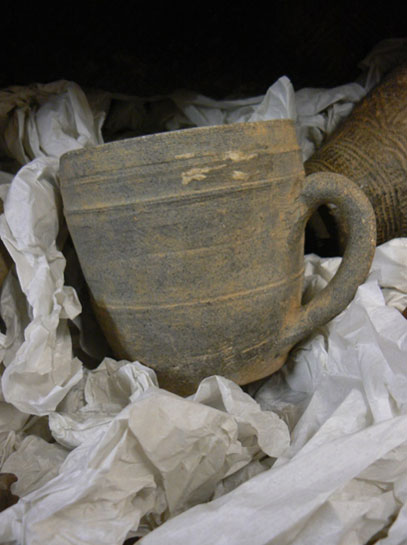
Stone materials, tools and decorative items too have been shared across seas and diverse people groups in East Asia. Magatama, curved comma-shaped pierced stones, are also found in both areas – featuring from the Japanese prehistoric Jomon period (c.10,000 BC to 300 BC), into the Kofun (3rd – 6th centuries AD) period.
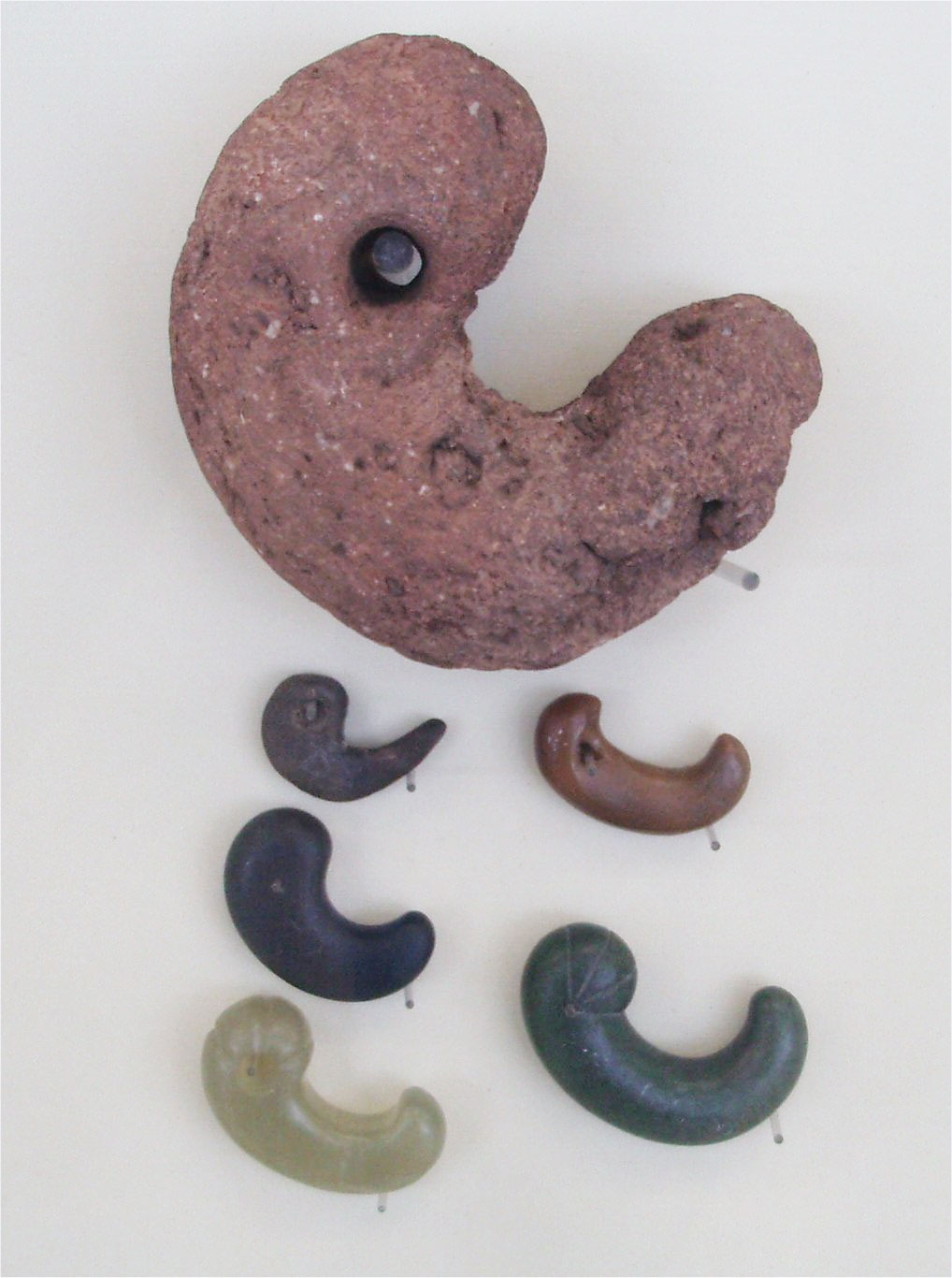
The Jomon (‘cord-marked’) pieces were generally larger and coarser than vessels from other periods – made using the coiling production method. There was still a huge amount of investment in their production, evident in the intricate marked and sculpted decoration, much of which was on the vessel rims. Some even had crude, accidental glaze on the exterior – as ash fell during firing and melted onto the clay fabric, which soon became a deliberate decorative addition.

The next ceramic period in the collection, Yayoi (300 BC – 300 AD), is represented much less. It is a shorter time period, so less time for pottery creation and development. Pieces become markedly different in appearance – finer, and colour begins to change.
The following Kofun period is named as such because of the large mounded tombs that began to appear, housing much of the ceramic material. Vessels become finer still, greyer, and acquire the name sueki (offering ware). Some shapes continue – such as the pedestal, persisting since the Jomon – whilst new, oddly lopsided jug-like items appear.
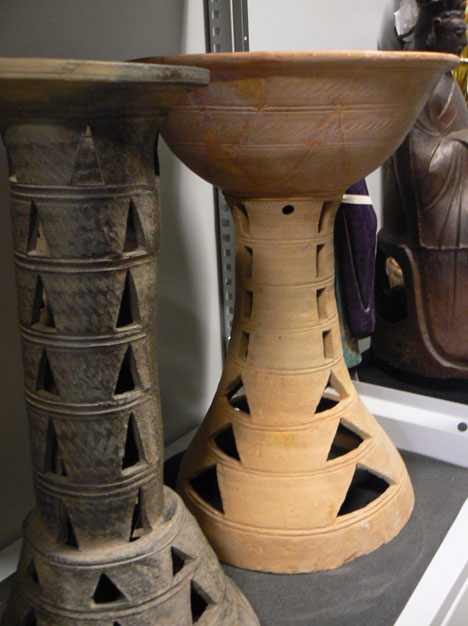
From these large tombs, specifically funerary material was also obtained. Miniature ceramic architectural pieces and guardian haniwa figures surrounded the interred, and the entranceways to their final resting place. These rather comical figures had rounded bases, which were designed to be placed in the ground– posing dynamically in what was likely quite an intimidating display to represent the deceased.
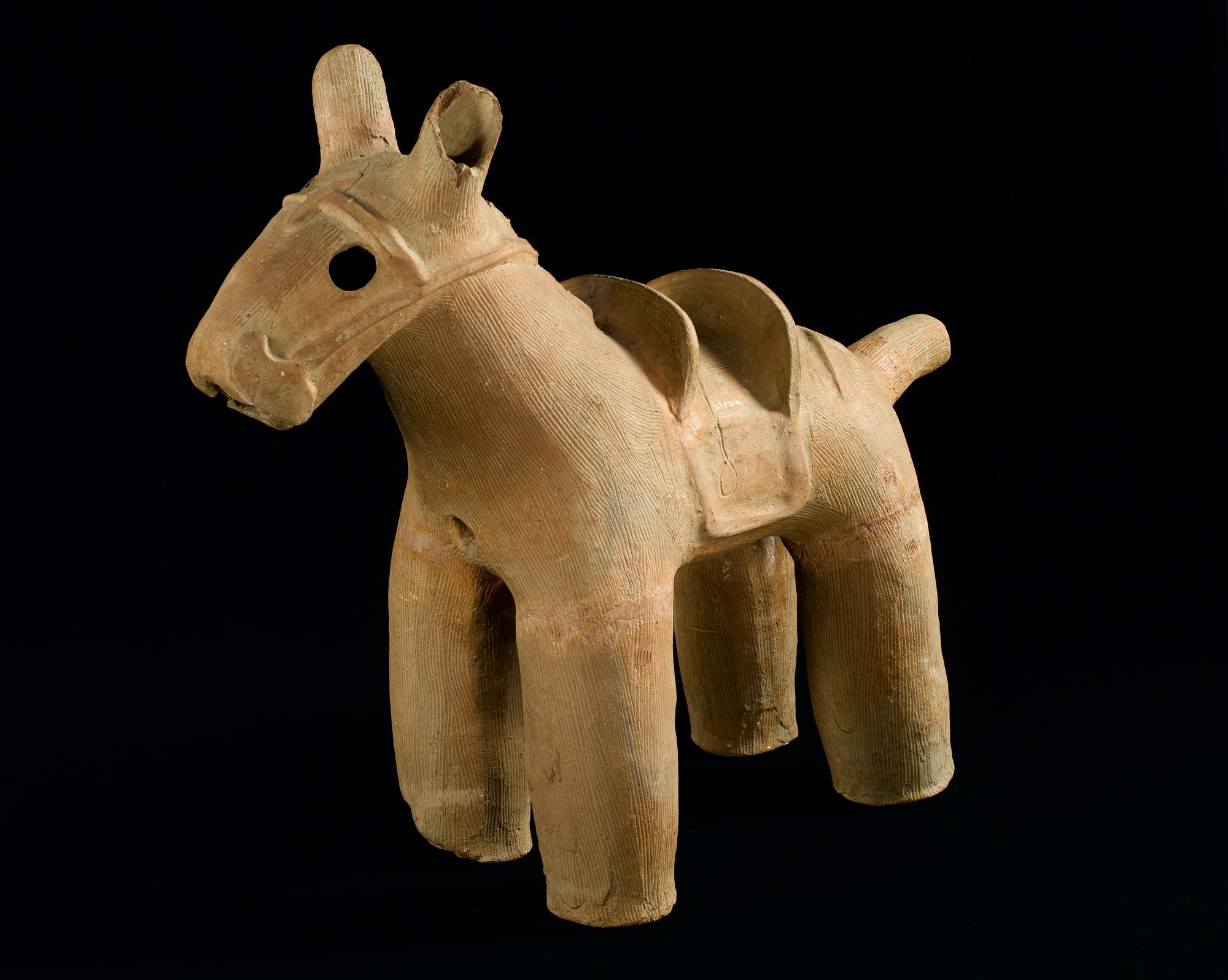
The collection contains some prehistoric figural ceramics, with the dogu from the Jomon. Unfortunately there are no complete figures in this collection, but the parts that are represented still inspire intrigue and speculation as to what motivated their creation. Rosina says that the odd goggle-eyes especially have led some to consider connections to North American communities. One theory even suggests a connection to aliens!


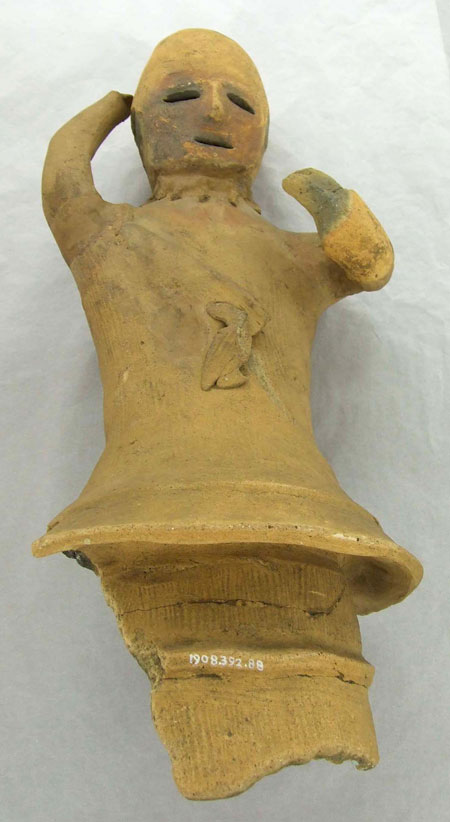
Although I had seen less than a third of the collections which will be selected from to form the new East Asia gallery, I came away with a much greater knowledge of how sharing and understanding between peoples stimulated the growth of East Asian culture. The new gallery is set to inspire more people to learn about different ideas, with a planned outreach programme and interactive elements to enhance visitor interaction. By telling the story of a connected East Asian past, the gallery will continue to make connections between the museum and East Asia. Through interacting with these objects and their stories, visitors will be interacting with a piece of East Asian culture – making their own connections.
You can find out more about National Museums Scotland’s Japanese collection here and read more about HARP here.
Header image: Moulded ornament for vessel rim in three pieces, of red pottery, hollow and perforated: Japan, Musashi province, Negishi shell-mound, Jomon period.
